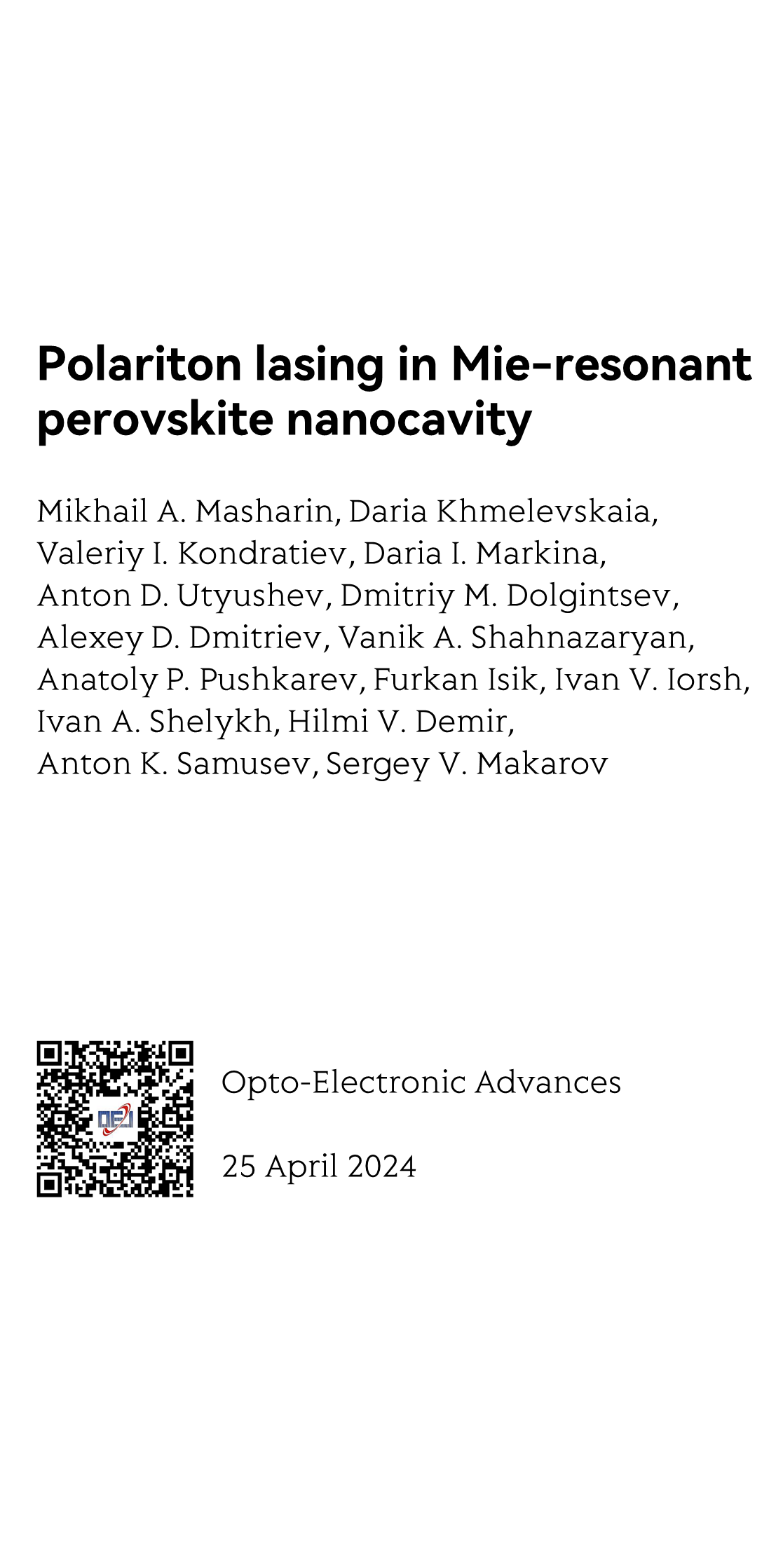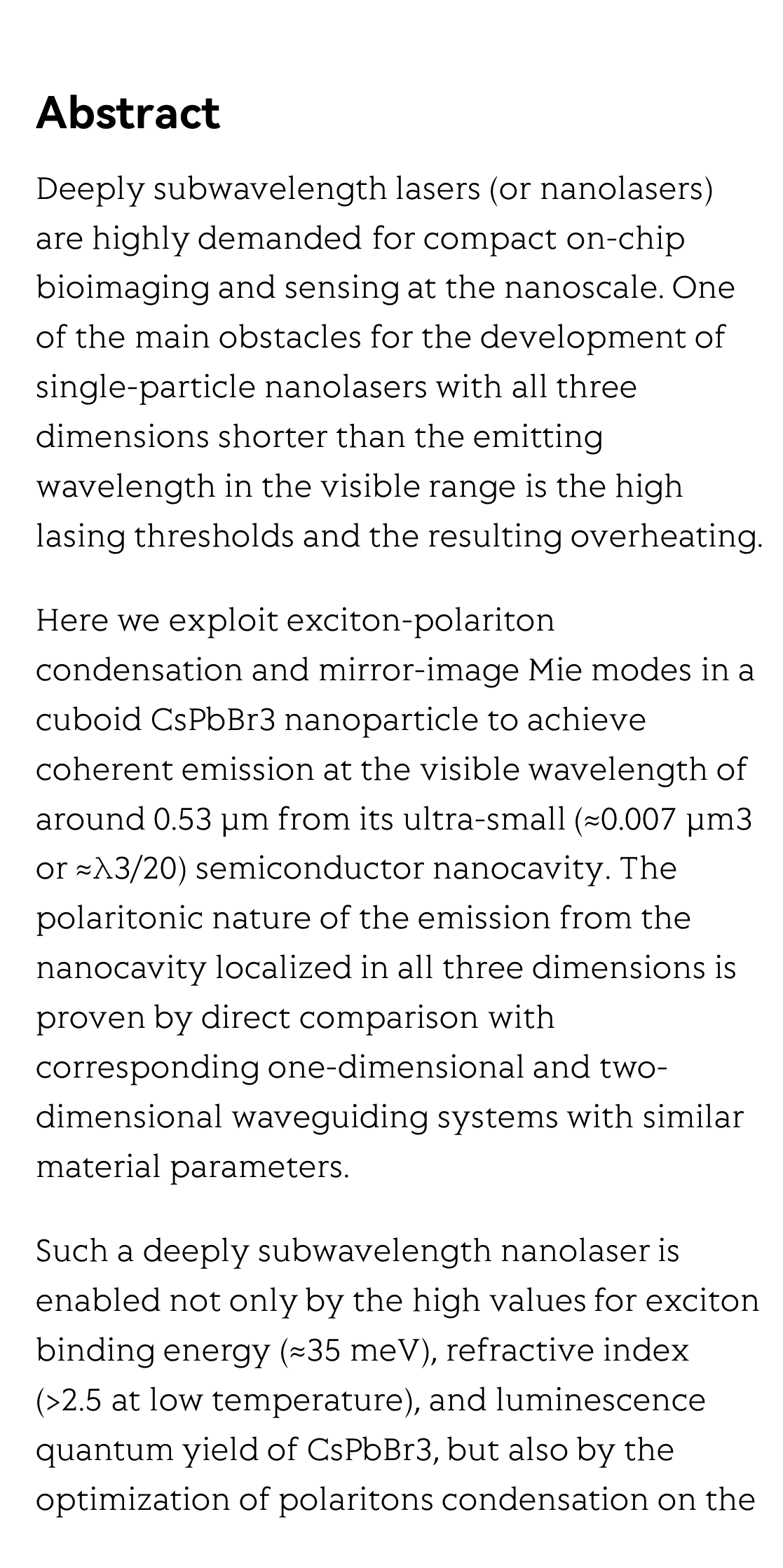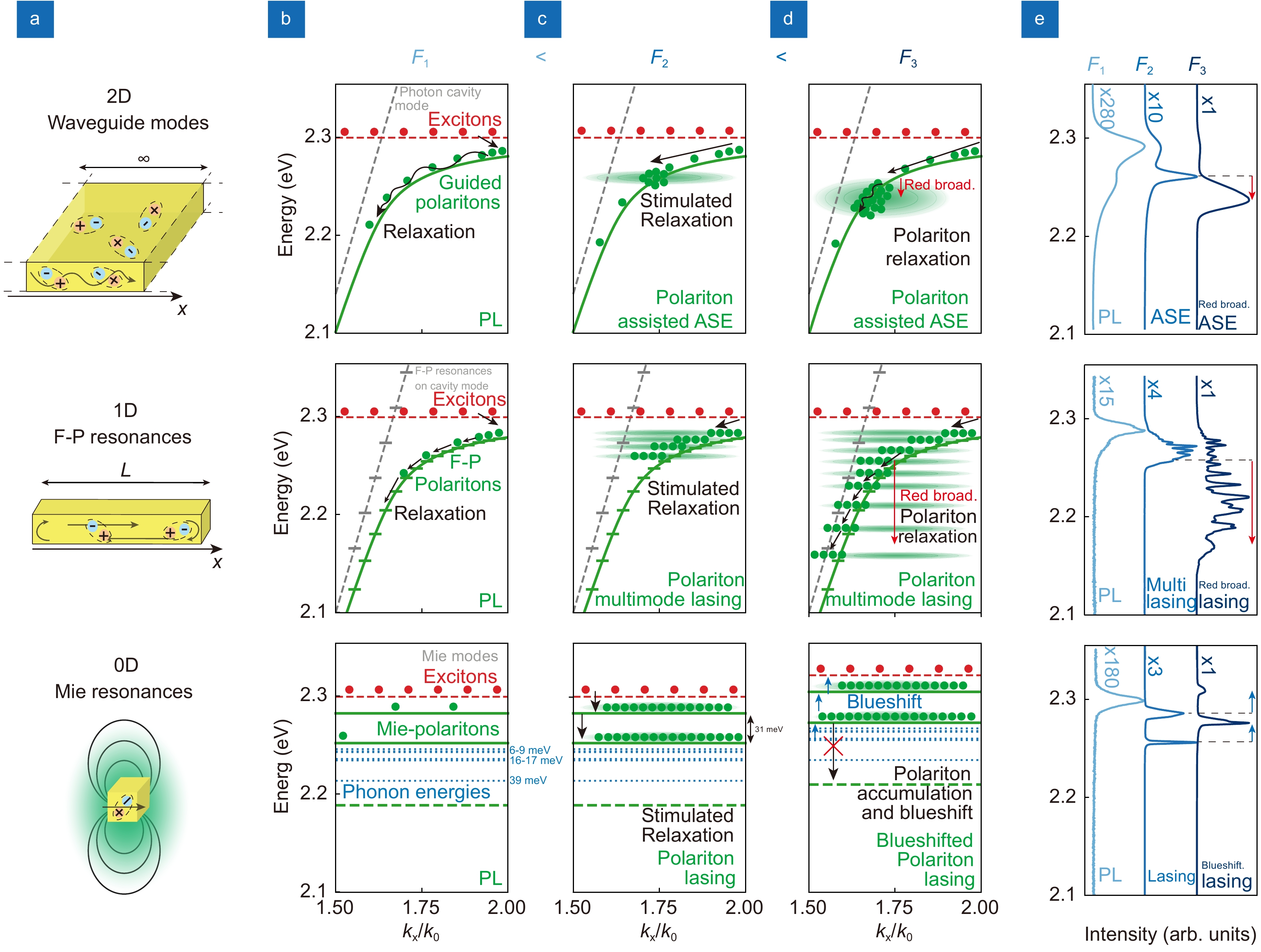Mikhail A. Masharin ¹ ², Daria Khmelevskaia ², Valeriy I. Kondratiev ², Daria I. Markina ², Anton D. Utyushev ², Dmitriy M. Dolgintsev ², Alexey D. Dmitriev ², Vanik A. Shahnazaryan ² ³, Anatoly P. Pushkarev ², Furkan Isik ¹ ⁴, Ivan V. Iorsh ² ⁵, Ivan A. Shelykh ³ ⁶, Hilmi V. Demir ¹ ⁴, Anton K. Samusev ² ⁷, Sergey V. Makarov ² ⁸
¹ UNAM-Institute of Materials Science and Nanotechnology, National Nanotechnology Research Center, Department of Electrical and Electronics Engineering, Department of Physics, Bilkent University, Ankara 06800, Turkey
² ITMO University, School of Physics and Engineering, St. Petersburg 197101, Russia
³ Abrikosov Center for Theoretical Physics, MIPT, Dolgoprudnyi, Moscow Region 141701, Russia
⁴ LUMINOUS! Center of Excellence for Semiconductor Lighting and Displays, School of Electrical and Electronic Engineering, School of Physical and Mathematical Sciences, School of Materials Science and Engineering, Nanyang Technological University, 639798, Singapore
⁵ Department of Physics, Engineering Physics and Astronomy, Queen’s University, Kingston, Ontario K7L 3N6, Canada
⁶ Science Institute, University of Iceland, Dunhagi 3, IS-107, Reykjavik, Iceland
⁷ Experimentelle Physik 2, Technische Universität Dortmund, Dortmund 44227, Germany
⁸ Qingdao Innovation and Development Center, Harbin Engineering University, Qingdao 266000, China
中国 青岛 哈尔滨工程大学青岛创新发展基地
Opto-Electronic Advances, 2024-04-25







